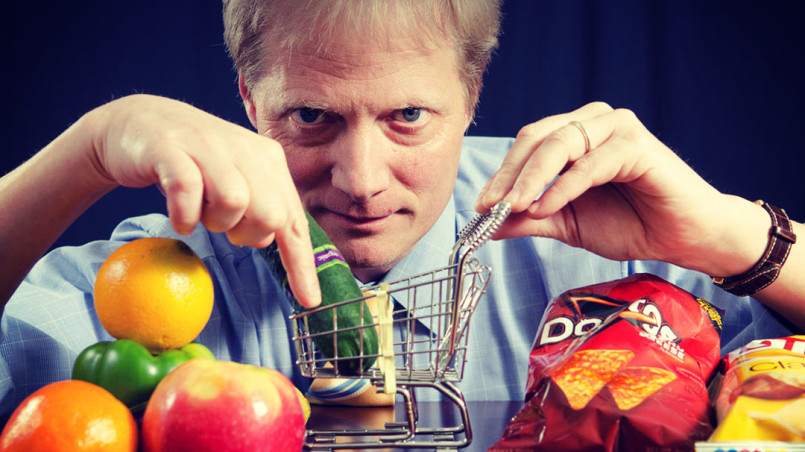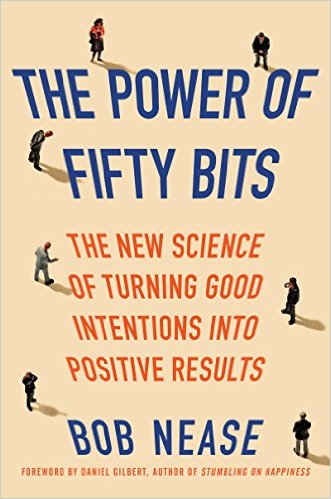I had the pleasure of speaking with Prof. Brian Wansink the other day. He’s the food genius who’s done all those funky experiments that remind me of something out of Willy Wonka (e.g., bottomless soup bowls). Three interlocking insights came to light as we spoke.
First, Wansink’s numero uno big idea is that we eat mindlessly. That is to say, a surprisingly large degree of our eating behaviors are driven by things of which we are flat out unaware. (This is exactly the sort of claim that is not ripe for assessment by self reflection, because it’s pretty hard to recall things of we are unaware.) He’s done the science, and the evidence is in his corner.
Second, Wansink has come to an interesting conclusion about our bellies when it comes to eating:
After conducting hundreds of food studies, I’m increasingly convinced that our stomach has only three settings: 1) We either feel like we’re starving, 2) we feel like we’re stuffed, or 3) we feel like we can eat more. Most of the time we’re in the middle, we’re neither hungry nor full, but if something’s put in front of us, we’ll eat it.
Stop with me for a second or two on this one. Prof. W is telling us that when it comes to eating, we naturally have three speeds, and none of them is neutral. Put another way, given the opportunity, we’ll eat to the point of regretting it.
The third idea relates to the first two: little things of which we’re unaware made us fat, and so little things of which we’re unaware can make us slim down as well. Move the bread and potatoes to the kitchen counter out of reach. Use smaller plates. Take that jar of candy off your desk and put it on your bookshelf. Put treats into a container that takes two hands to open.
There’s a more general design idea at work here: it’s the little foxes that spoil the grapes, but those little foxes take time to do their damage. And it’s those same little foxes – given time – that can make us healthier and happier. What are a few little things you can do to make the good behaviors easier and the bad ones just a bit more difficult?
(Note: this entry originally appeared at consumerology.com)




